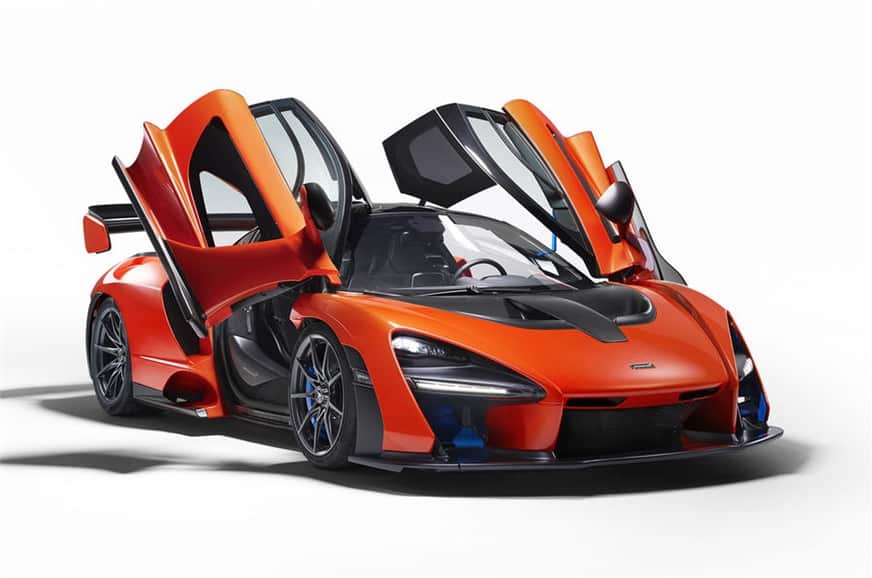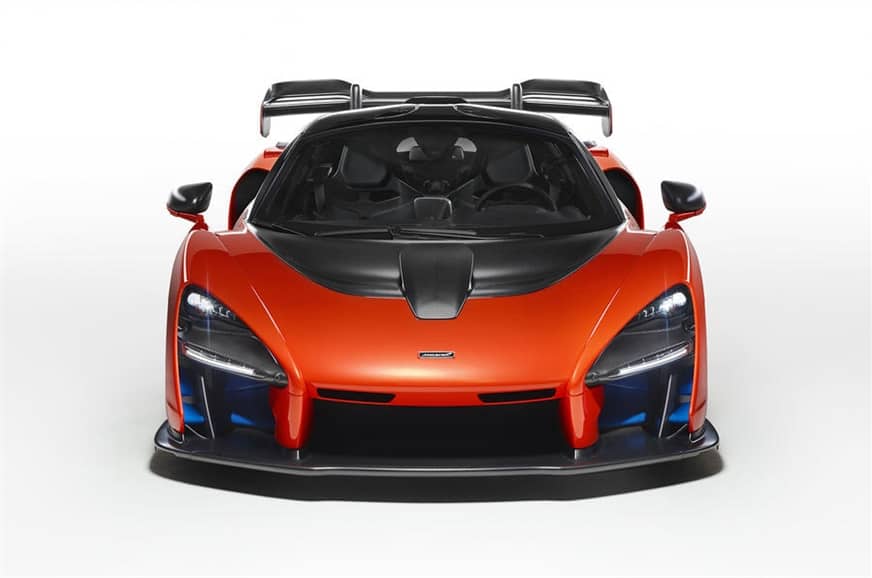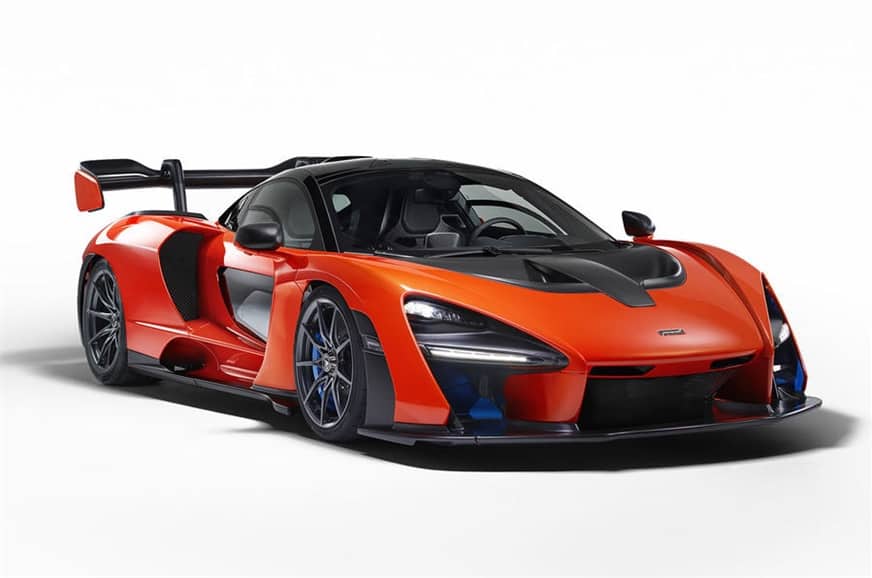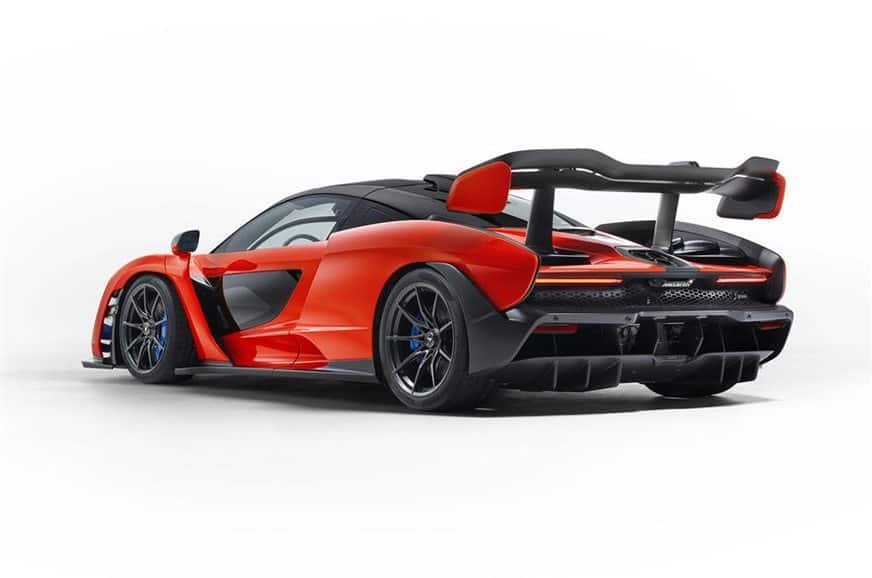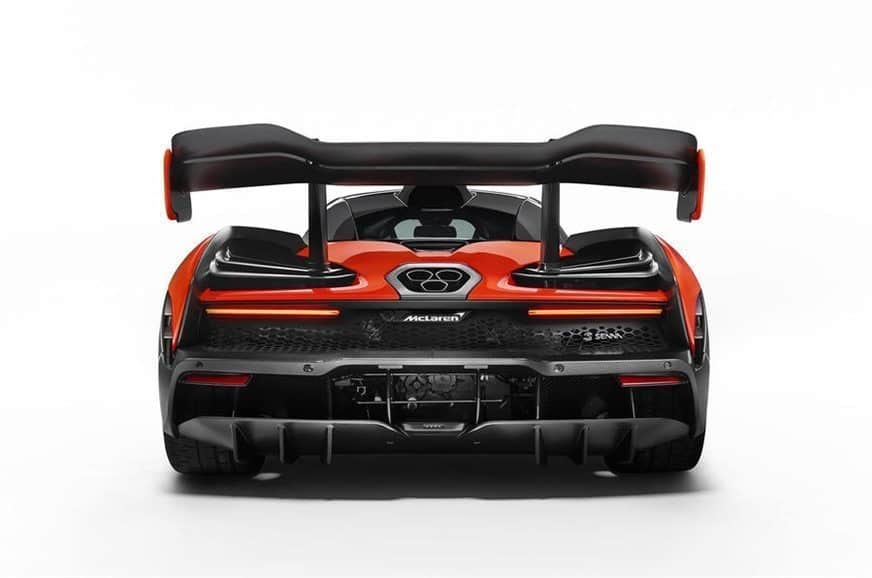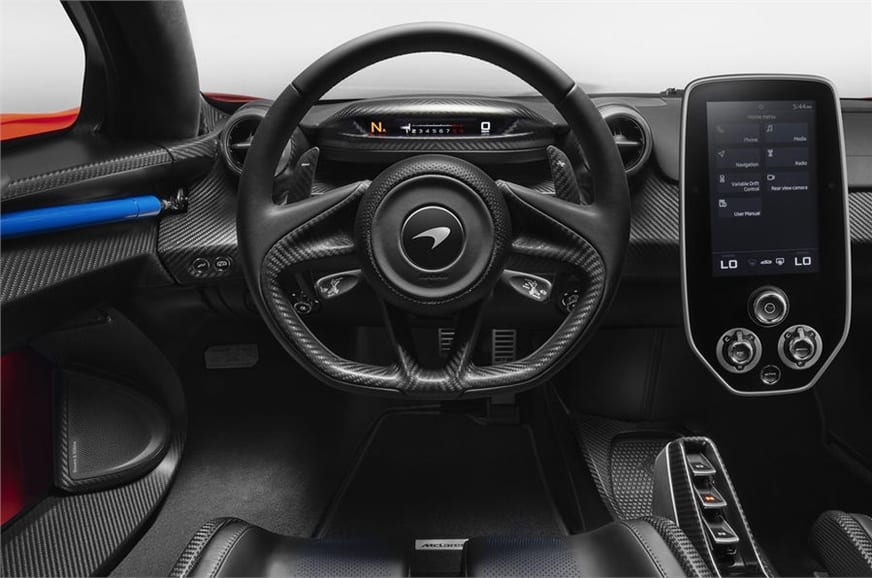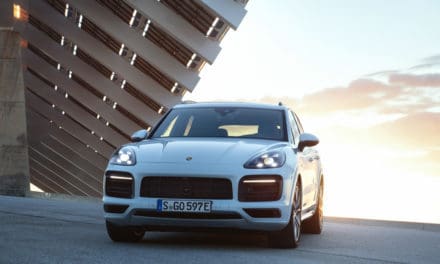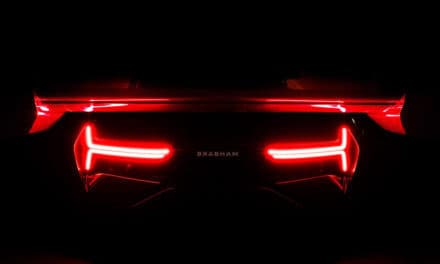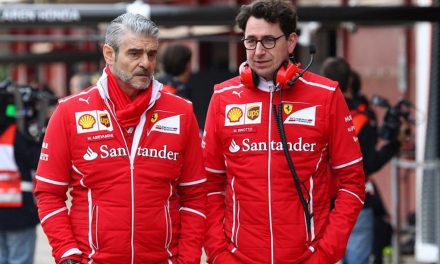MCLAREN has just taken the covers off its most extreme road car ever, one it describes as “legalised for road use, but not sanitised to suit it.”
Called the Senna, it pays homage to the great Ayrton Senna, who won three F1 championships for McLaren before his death in in 1994.
The hypercar has a mid-mounted 4-litre twin-turbo V8 that produces 588kW and 800Nm and thanks to its carbon fibre body panels and Monocage III chassis, weighs in at 1198kg.
Power goes to the rear wheels via a seven-speed dual-clutch transmission and the braking system, which features carbon ceramic discs, is the most advanced ever fitted to a McLaren road car.
The Senna rides on a double-wishbone suspension system with hydraulically interconnected adaptive dampers and uses a hydraulic system instead of anti-roll bars.
There are also new front and rear active aerodynamic systems, said to raise downforce and aero controls to an “unprecedented level.”
The two-seater has a business-like cabin with exposed carbon fibre panels and driver info is shown on a Folding Driver Display.
But it’s not all fire and brimstone: drivers can select from three drive modes: Comfort, Sport and Track, so there is a modicum of behaviour on public roads.
McLaren says it will build 500 Sennas, all hand-assembled in Woking, and that production will start late next year.
That should give you time to save the $1.6m asking price.
Article Update:
MCLAREN’S three-time Formula One World Champion Ayrton Senna died on May 1, 1994, and the company has just announced a limited number of supercars to be produced to honour its champ driver.
Which is why we had our brains in neutral when we posted a piece on the car including that he died in a McLaren.
Wrong. He had left McLaren to drive for Williams.
It was a particularly unnerving time not only for Senna, but all the F1 drivers and teams of the time.
The race on the very fast Imola circuit was on the Sunday, but on the Friday Rubens Barrichello came very close to meeting his maker when he clipped a kerb while doing some 240km/h in his Jordan, ran into the tyre wall and somersaulted four times.
He regained consciousness in the track medical centre, but the incident left fellow Brazilian Senna severely shaken.
The next day young Austrian driver Roland Ratzenberger died after his Simtek became airborne and hit a concrete wall at more than 300km/h during qualifying, which so upset the other drivers that many of the, Senna included, were in tears.
Immediately after the start on race day, Pedro Lamy in a Lotus-Mugen-Honda and JJ Lehto, in a Benetton-Ford, were involved in a massive accident with wheels and debris flying in all directions and injuring several people.
After the clean-up, the race resumed with Senna, who had pole position, in the lead.
But it ended in tragedy on lap 7 when his Williams left the track at 310km/h and ploughed straight into a wall.
Senna’s death was considered a national tragedy, and the Brazilian government declared three days of mourning.
Two days later, the FIA called a meeting at the request of the Italian Automobile Club which led the introduction of new safety measures, which have been ongoing ever since.
The double fatality at Imola was the worst in F1 in a dozen years.

